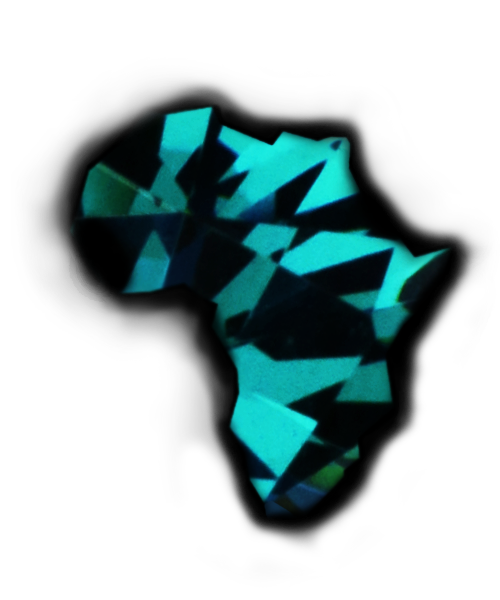One of the most popular gemstones of recent times, tourmaline is a wonderful gemstone that has many excellent features. It occurs in almost every color imaginable, sometimes even with multiple colors in the same stone! Because of this huge variation in color it was often previously confused with other gems such as emerald and ruby. The name tourmaline comes from the Sinhalese word “turamali” which referred to a mix of gems with various colors. A wide variety of trace elements in the stone (such as manganese, iron and copper) are what cause this amazing color range. Most gem tourmaline is of the variety called elbaite. Major African sources for tourmaline include Mozambique, Zambia, Nigeria and Namibia. There are smaller deposits in Tanzania and Madagascar. Most of the individual sources produce stones of various colors. Tourmaline has a very good hardness of 7.5, making it great for all jewelry applications. Because the gem often forms as long slender crystals, the most common cuts for tourmaline are rectangles and emerald cuts. Tourmaline is sometimes heat-treated to improve the color. This treatment is permanent and undetectable and has no effect on value or durability. Tourmaline is the birthstone for October, along with opal.
Pink Tourmaline
Pink tourmaline occurs in a wonderful range of hues. It can be light pastel pink right through to deep reddish pink. The most valuable pink tourmaline is a vivid medium to medium-dark reddish pink with no overtones. Brownish or orange-pinks are less valuable but can be equally beautiful and are well suited to someone looking for a more subdued or earthy color. Pink tourmaline is sometimes referred to as rubellite, though this name is generally reserved for intense red stones. Due to the increasing popularity of pastel toned gems such as morganite, pale pink tourmaline are also becoming very sought after.
Green and Blue-Green Tourmaline
Green tourmaline is one of the more frequently occurring colors of tourmaline as well as one of the most popular. It varies from pastel mint green to an intense bluish-green that resembles emerald. The most valuable green tourmaline are light or medium toned because they have the most brilliance. Very dark greens are quite inexpensive. Stones that have a blue overtone are more valuable than regular greens and olive stones. Intense green tourmaline containing chromium are referred to as chrome tourmaline.
Bicolor/Watermelon Tourmaline
Bicolor (also known as watermelon tourmaline) is a rare variety of elbaite tourmaline that has multiple colors in the same gem. This is a completely natural phenomenon that occurs when the gem is forming. It results in some amazing looking gems. The most common two colors found together are pink and green (hence the name watermelon) but there are many different variations such as pink/blue, pink/white, green/white and so forth. Occasionally even three or more colors can be found in the same gem! Because of their rarity, bicolor tourmalines are one of the more valuable types of tourmaline. Bicolor tourmaline is usually cut into rectangles or long cushion cuts to show off the color split more clearly. Watermelon tourmaline that has a red or pink center and a green rind is cut and polished into slices.
Fancy Tourmaline
Aside from the more conventional pink and green tourmalines, the gem is also found in a range of fancy colors. These include yellow, orange, grey, apricot, peach, white and black. If you are looking for a unique tourmaline, this is where to look!
Tourmaline Information:
Mineral Group: Tourmaline
Crystal Structure: Hexagonal
Hardness: 7-7.5
Luster: Vitreous
Specific Gravity: 3.06
Transparency: Transparent
Refractive Index: 1.616 – 1.650
Double Refraction: 0.018
Pleochroism: Strongly pleochroic
Treatments: Occasionally heat treated
Birthstone: October
No products were found matching your selection.

 $
$
 R
R